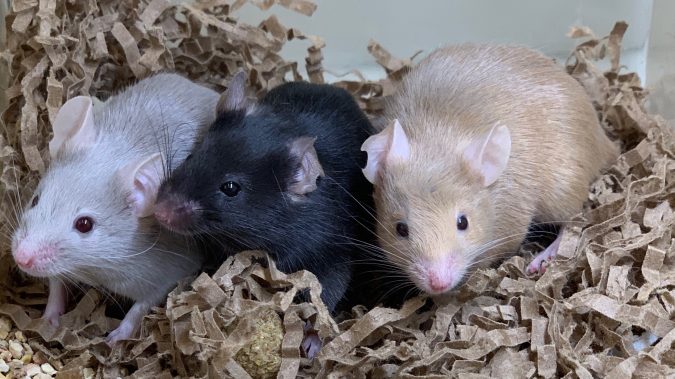
Kleefstra-like Syndrome
EHMT2 (G9a) and EHMT1 (GLP) are proteins that methylate lysine 9 on histone H3 (H3K9), crucial for development, differentiation, and cancer. EHMT1 deletions cause Kleefstra syndrome (KS, OMIM #610253), characterized by severe developmental delays, intellectual disability, and autism-like behaviors, including hyperkinetic hand movements, bruxism, and self-harm. EHMT2 gene alterations are rarer but similar to KS. Diagnostics like EEG show abnormal activity, and MRI indicates brain atrophy, arachnoid cysts, and thinning of the corpus callosum. Affected individuals have poor motor skills, limited walking ability, and delayed growth and sexual development. More info
Pathogenic Mechanism
Kleefstra-like syndrome appears to result from mutations in the catalytic SET domain of the EHMT2 protein, impairing its methyltransferase activity. This disruption leads to altered epigenetic landscapes and dysregulated gene expression.
Mouse Models
- C57BL/6NCrl-Ehmt2em1Ccpcz/Ph (short EADV mutation in SET domain mimicking patient mutation)